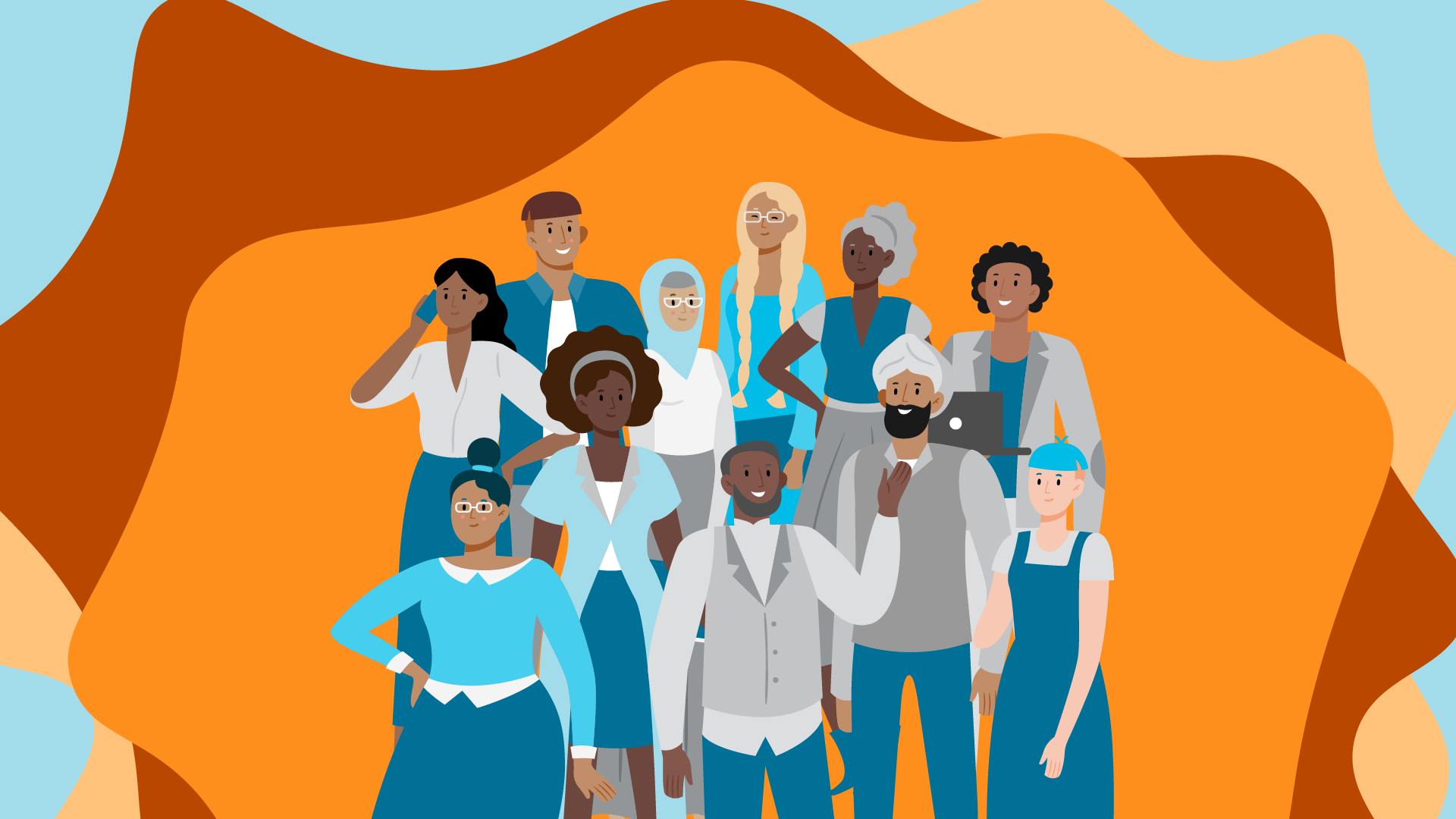
Diversity, equity and inclusion (DEI) is a term used to describe programs and policies that encourage representation and participation of diverse groups of people, including people of different genders, races and ethnicities, abilities and disabilities, religions, cultures, ages, sexual orientations and people with diverse backgrounds, experiences, skills and expertise. It is an expansion of the term “diversity and inclusion” (D&I) to reflect the growing focus on equity in organizations. DEI is not just a “feel-good” initiative. Research has found that having diverse viewpoints at all levels of an organization improves financial results, organizational and team performance, innovation and other areas of the business.
The terms “diversity” and “inclusion” are often confused, but they are two parts of a whole strategy. Many DEI experts describe diversity as being “invited to a dance” and inclusion as “being asked to dance.” In other words, an organization can have a diverse workforce, but if those employees’ voices aren’t heard and their perspectives aren’t included in business strategy, the business won’t benefit from their diverse perspectives and ideas. More importantly, employees from diverse backgrounds won’t receive the support they need to thrive in their roles.
DEI in the Workplace
The first step in driving DEI is ensuring that a company’s workforce is diverse and representative of its culture and customer base. After recruitment, though, learning and development (L&D) leaders play a key role in creating an inclusive organizational culture. For example, research from the Center for Talent Innovation has found that inclusive leadership and clear career paths are two “levers that drive inclusion.” Leadership training and performance management are both areas where L&D can make a major impact in driving equitable work for all.
Diversity training, when done well, can also make a difference. Training employees who have co-workers with disabilities, for example, can help them work well together and help the individuals with disabilities succeed. Gender diversity training that drives awareness of the barriers women face at work will ultimately create male allies who champion their success.
Overall, continuous rather than one-time DEI training initiatives will help reduce unconscious bias and ensure that organizations make DEI an ongoing priority rather than a reaction to societal events or workplace incidents.
Measuring Diversity, Equity and Inclusion
Establish DEI success metrics for your organization. What is the approximate ratio of men to women, races to races, “abled” to disabled, etc., that will make your organization diverse at each level of the workforce? What are the retention levels of diverse groups of employees? Track your employee satisfaction scores, as well as customer satisfaction. Are you known among your customer base as an inclusive organization?
Once your DEI program has been in place for some time, have you seen improvements in these areas? What about in strategic business goals? Has your company’s revenue increased? These are all important data points to measure and report on.
By recruiting diverse talent, building an inclusive culture that supports them, making a continuous commitment to DEI training and measuring results, your organization is well-equipped to drive an equitable workplace in which all employees can thrive.
Related Content:
- Training Resources to Reduce Inequity and Bias in the Workplace
- Belonging: The Key Ingredient to a Robust DEI Training Strategy
- Breaking Barriers: Why DEI Is the Missing Piece to Workplace Success
- The Business of Learning, Episode 62: Women’s Leadership Development — Common Challenges and Actionable Solutions